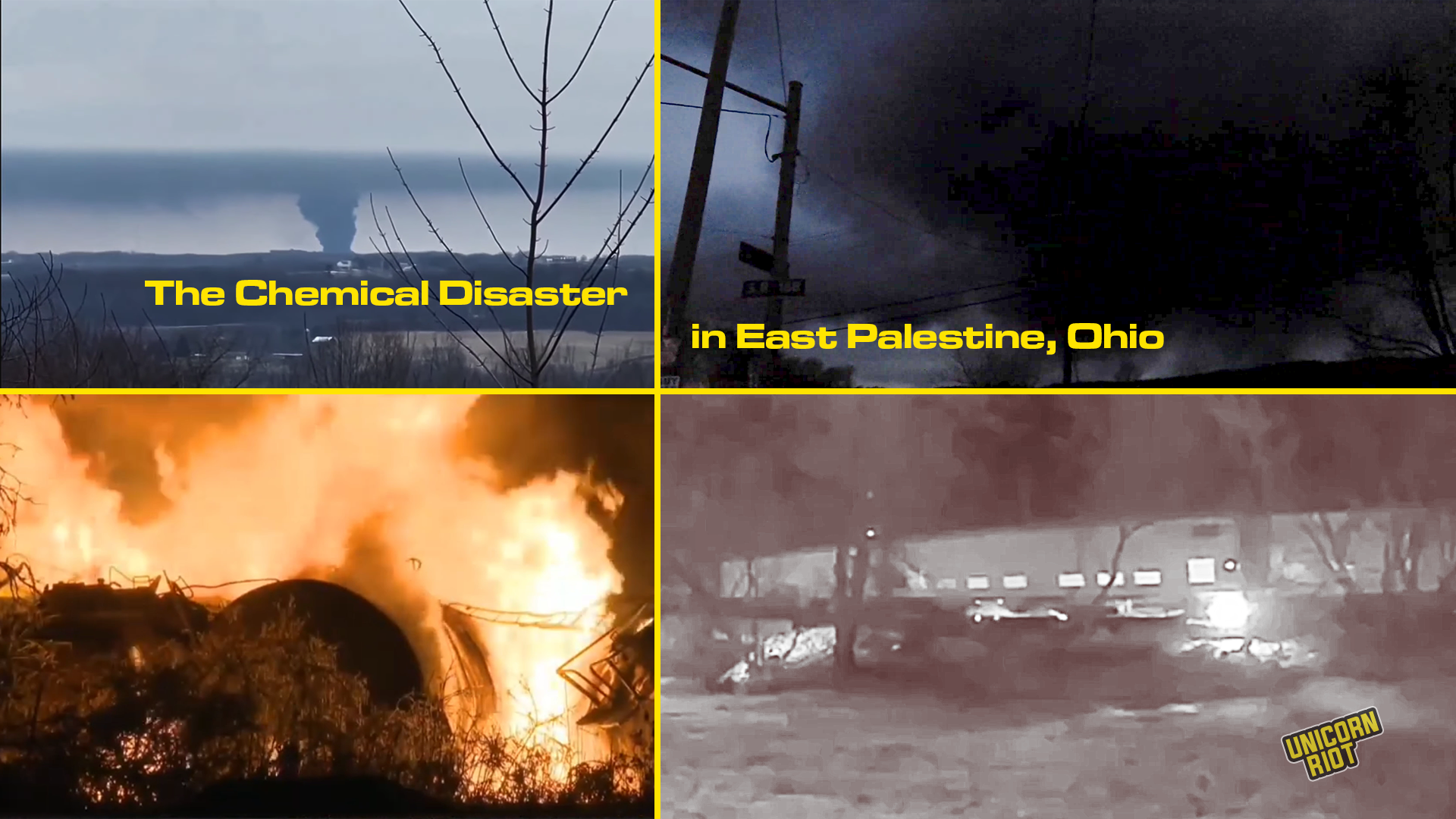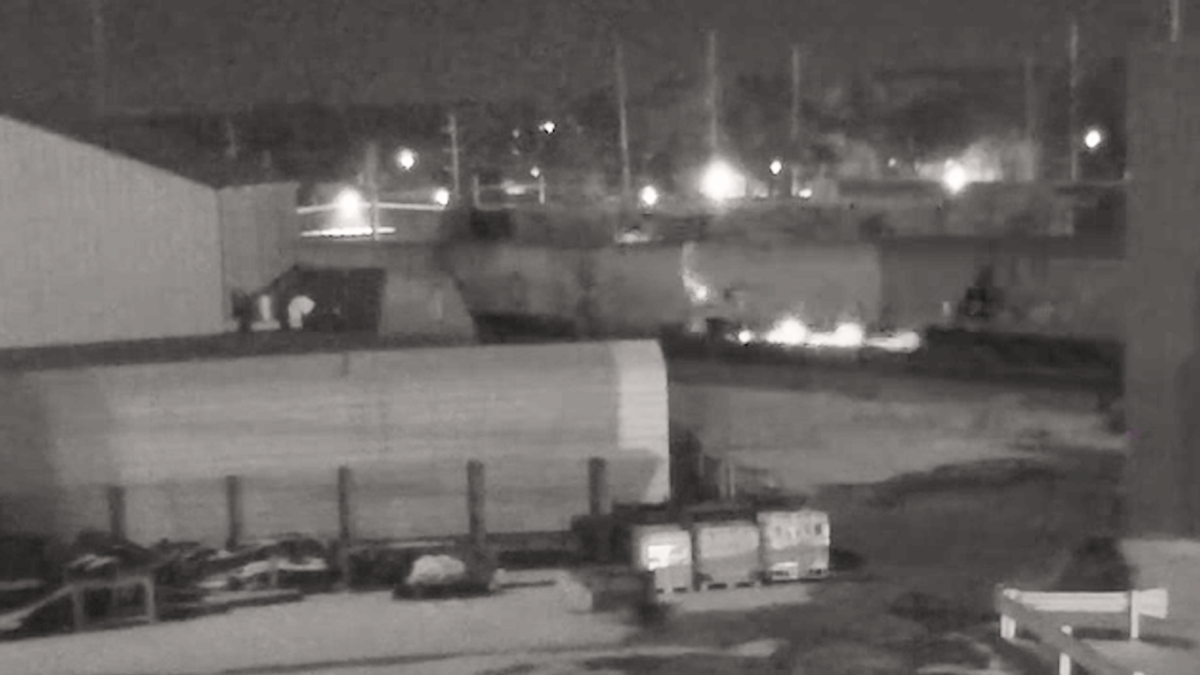Wow, you were one of the last brakemen of a bygone era. Pretty cool! Assuming you worked an entire career, did you start off or work with steam engine trains? Did you sleep and cook in the caboose or were these just day stints?
Anyway, supposedly the track sensors alerted the crew of a bad axle and they were trying to figure out which car it was when the wreck happened. Maybe they should have stopped the train immediately?
I don’t know what happened but there was a house nearby with a surveillance camera pointing at the tracks that had the footage reviewed and it indicated a mechanical failure.
Regardless, this is a horrible mess and all surfaces, including inside the homes, have to be wiped down. Maybe Centralia 2.0?
Video of a grain car that veered onto side tracks due to a broken axle. Of course the oncoming train could not stop, rammed the wagon, and went off the rails, appears to have stayed upright though!


